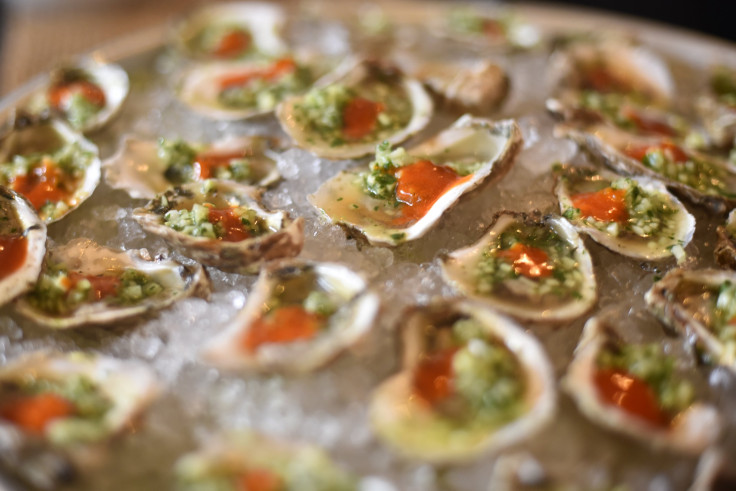Missouri Man Dies After Eating Raw Oysters From Seafood Stand

A tragic incident has claimed the life of a 54-year-old man from Missouri, who contracted a flesh-eating bacteria after consuming raw oysters from a local seafood stand, according to U.S. health officials.
The St. Louis County Public Health Department revealed in a press release that the individual, whose identity remains undisclosed, purchased the oysters from The Fruit Stand & Seafood in Manchester, MO.
The man fell victim to Vibrio vulnificus, a bacteria known to be transmitted through the consumption of raw or undercooked shellfish, including oysters. He passed away on June 8, shortly after being infected and receiving treatment at St. Claire Hospital.
Investigators stated in the release that there was no evidence the seafood establishment was responsible for the contamination. The oysters were likely already infected before they were acquired by the business. Subsequently, all remaining oysters at the establishment were placed under embargo by the health department.
"There is no evidence that the business did anything to contaminate the oysters, which likely were already contaminated when the establishment received them," the DPH investigators stated, adding that they are attempting to determine the source of the oysters in question.
Infections caused by V. vulnificus typically manifest as symptoms such as abdominal cramping, nausea, vomiting, fever, chills and blisters. While death is a rare outcome, individuals with weakened immune systems are more susceptible to severe complications.
According to Food Safety News, individuals infected with V. vulnificus typically experience symptoms within 12 to 72 hours after consuming raw or undercooked seafood. However, symptoms may take up to a week to appear.
The presence of bacteria, including Vibrio, tends to increase in coastal waters from May through October due to the rise in sea temperatures during those months. Although oysters are generally harvested from temperate waters, the warmer conditions create favorable breeding grounds for bacteria.
Oysters, renowned for their water-filtering ability, can absorb harmful bacteria, viruses, or parasites present in the water, as explained by Dave Love, Ph.D., a senior scientist at the Johns Hopkins Center for a Livable Future, in an interview with SELF Magazine.
To mitigate the risk of contracting vibriosis, the Centers for Disease Control and Prevention (CDC) has provided guidelines on how to prepare oysters for consumption. The agency said people should avoid eating raw or undercooked oysters. Cooked shellfish should be separated from raw shellfish to prevent cross-contamination. It is also important to wash hands thoroughly after handling raw shellfish.



























